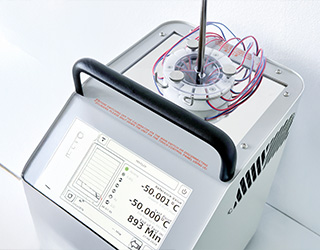
- Blog Post
Temperature Calibration in Pharma: Why It Matters and How to Do It Right
In pharmaceutical manufacturing, precision is the foundation of safety, efficacy, and regulatory compliance. Each measurement - whether related to temperature, humidity, or pressure - directly impacts product quality and ultimately patient health. Calibration ensures that instruments perform within defined tolerances, aligning results with recognized calibration references. Without regular calibration, measurement drift can compromise data integrity, trigger compliance violations, and endanger product reliability.
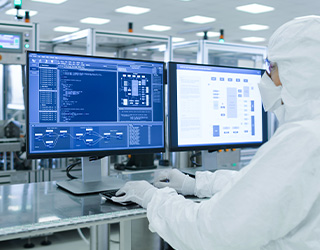
- Blog Post
Environmental Monitoring Systems for Pharma, Biotech, and Regulated Industries
Environmental monitoring plays a vital role in ensuring compliance, product integrity, and public safety across regulated industries. Whether in pharmaceuticals, biotech, healthcare, cold storage, or cleanroom facilities, effective monitoring helps organizations maintain validated environments, prevent contamination, and meet global compliance standards.
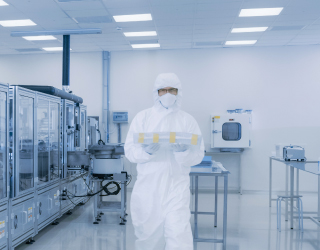
- Blog Post
Thermal Validation: Ensuring Sterility in Healthcare, Pharmaceutical and Food Manufacturing
The assurance of sterility is fundamental in healthcare, pharmaceutical manufacturing, and food processing. Contamination of the products are not only a threat to patient safety and public health but also a significant source of economic liability due to product recalls and regulatory sanctions. Within this context, thermal validation plays a critical role in confirming that sterilization processes are consistent, effective, and compliant with international standards.

- Blog Post
Warehouse Mapping: Ensuring Temperature Integrity Across Critical Environments During Winter
As winter approaches, temperature-controlled environments across industries, from pharmaceuticals and biotechnology to laboratories, logistics, and food storage, face significant challenges. Cold temperatures, fluctuating humidity levels, and uneven heating can jeopardize product stability and regulatory compliance. To address these seasonal risks, organizations rely on warehouse mapping during winter, a precise validation process designed to confirm that environmental conditions remain consistent and compliant throughout the colder months.
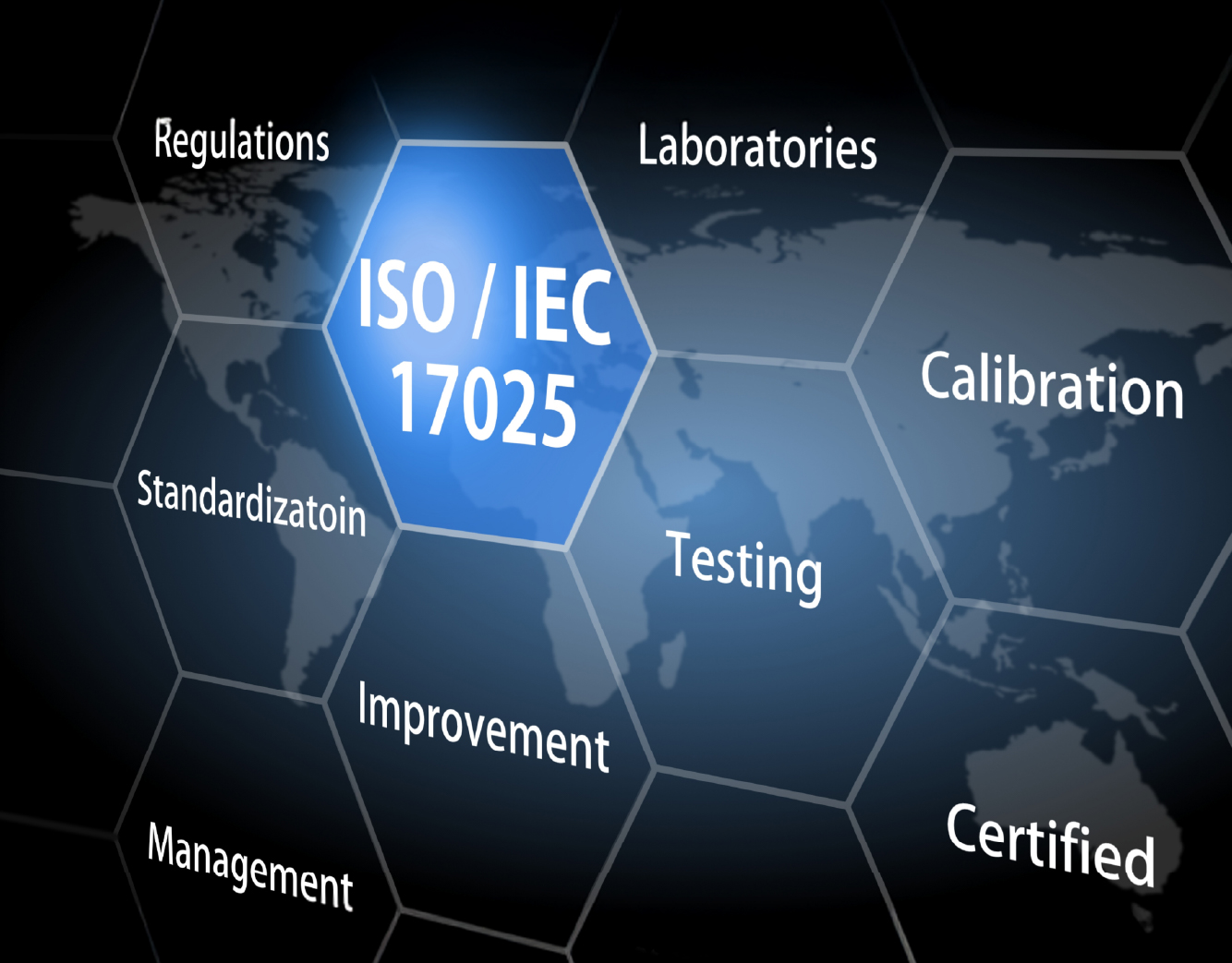
- Blog Post
ISO/IEC 17025:2017 – The Global Standard for Calibration Laboratories
ISO/IEC 17025:2017 is the international standard that defines the competence, impartiality, and consistent operation of testing and calibration laboratories. In today’s business and regulatory landscape, accurate, traceable calibration services to meet compliance requirements. Achieving ISO 17025 calibration ensures that laboratories demonstrate both technical proficiency and global credibility. For organizations evaluating calibration labs, this standard is essential in ensuring reliability, regulatory alignment, and long-term trust. The adoption of ISO 17025 is not simply a compliance exercise but a strategic investment in quality and operational excellence.
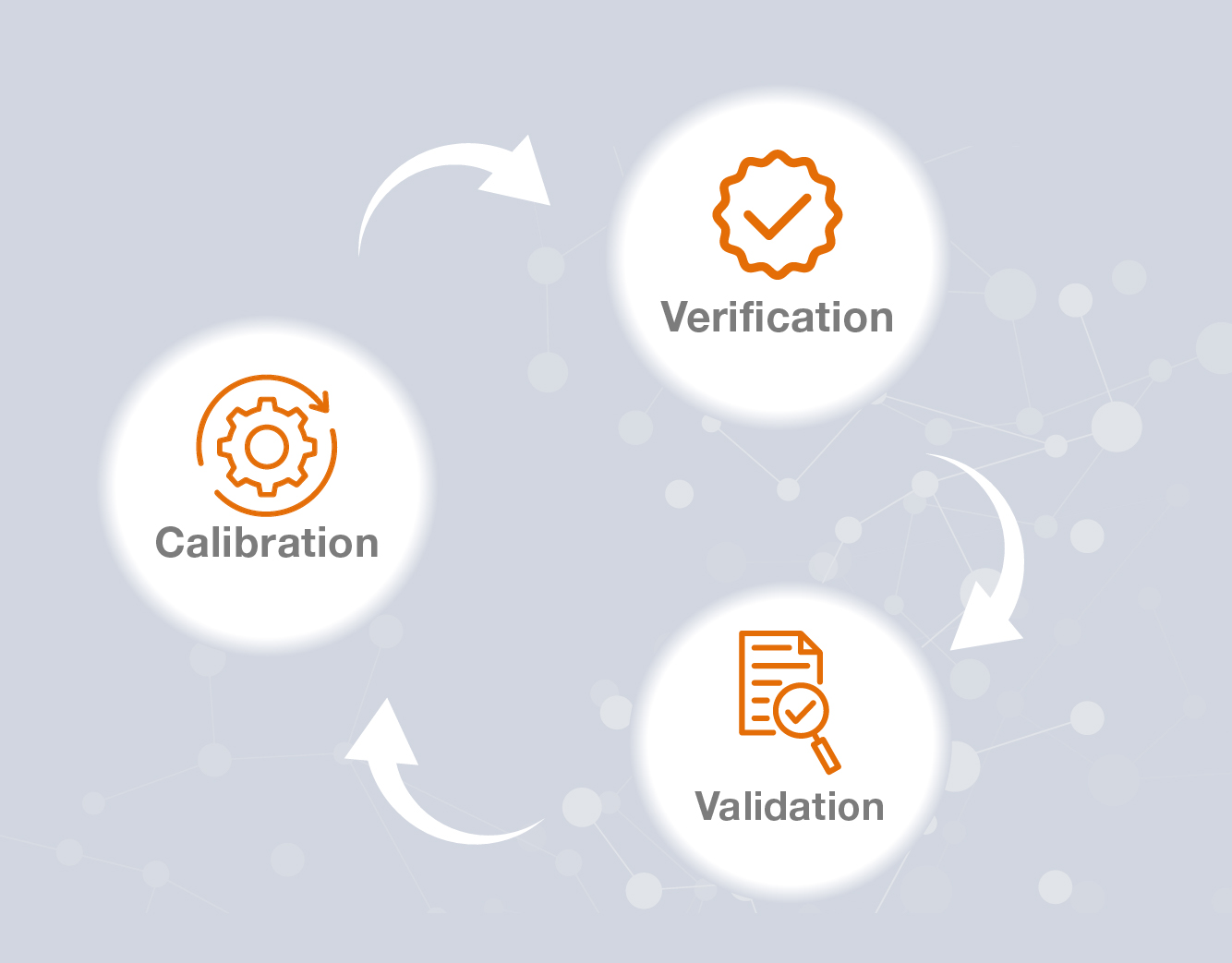
- Blog Post
Calibration, Verification, and Validation Explained: Achieving Accuracy and Regulatory Compliance
In precision-driven industries such as pharmaceuticals, biotechnology, and life sciences, calibration, verification, and validation form the foundation of effective quality assurance. While often misunderstood or used interchangeably, each process serves a distinct role in ensuring measurement accuracy, operational reliability, and regulatory compliance. Understanding how they differ—and work together—is essential for maintaining consistency, safety, and efficiency across operations.

- Blog Post
Achieving Calibration Compliance in Pharma and Biotech: What You Need to Know
Maintaining compliance in the pharmaceutical and biotech sectors is becoming increasingly complex. Regulatory bodies such as the FDA and EMA impose strict requirements to ensure product safety, data integrity, and patient protection. Non-compliance can lead to severe consequences, including recalls and reputational damage.
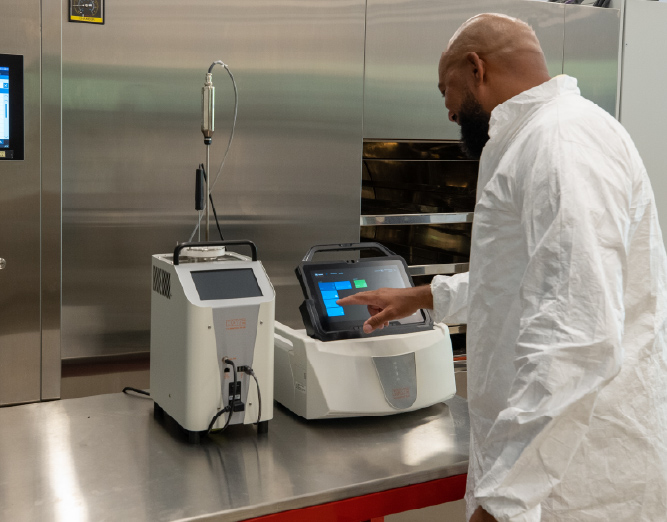
- Blog Post
Autoclave Temperature Mapping with Kaye Validator AVS: Ensuring Compliance in Thermal Validation
In today's highly regulated pharmaceutical and biotech environments, temperature mapping is a non-negotiable process to ensure sterility, compliance, and product integrity. At the heart of this operation lies the Kaye Validator AVS, a 21 CFR Part 11 compliant validator engineered specifically for precision-driven validation tasks. As regulatory scrutiny intensifies and digital transformation accelerates, the ability to streamline qualification processes using innovative, wired validation systems like the AVS is becoming mission-critical for QA teams worldwide.
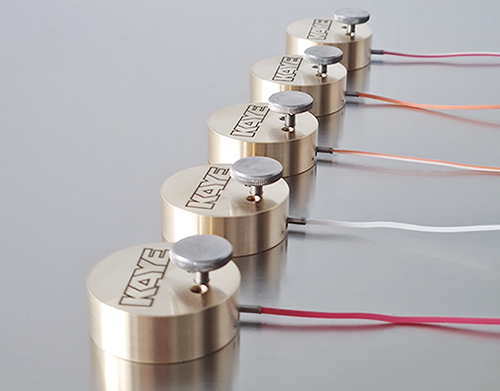
- Blog Post
Measuring Surface Temperature – Professional and Secure
Accurately measuring surface temperature is critical in many controlled environments, particularly in sensitive pharmaceutical and biotechnological processes. However, this seemingly straightforward task becomes increasingly complex in vacuum conditions, such as those found in freeze dryers. Traditional temperature validation methods often fall short, being time-consuming and vulnerable to setup errors. Enter the Kaye Sensor Surface Adapter—a professional and secure solution developed to meet the highest standards of validation and monitoring.
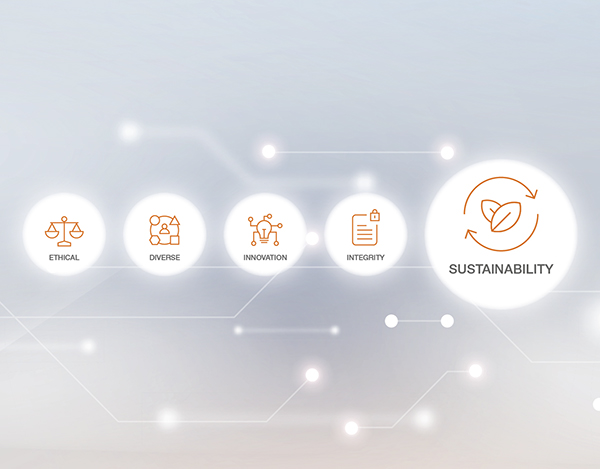
- Blog Post
Sustainable Practices at Kaye: Our Commitment to the Environment
Sustainability is not an option; it is a necessity. As a leading global company in validation systems for the pharmaceutical and biotechnological industries, Kaye, a subsidiary of Amphenol, is committed to shaping a sustainable future. We recognize the crucial role that sustainable practices play in protecting our planet and commit to integrating sustainability into every aspect of our operations.
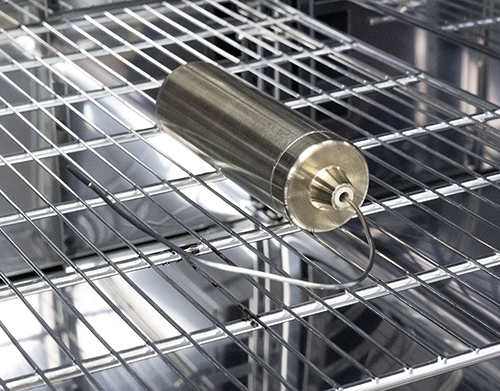
- Blog Post
Use of Battery-Powered Real-Time Data Loggers at Temperatures Above +140°C
When it comes to high-precision thermal validation in closed chambers—such as depyrogenation tunnels, drying ovens, or high-temperature test environments—real-time data loggers are indispensable tools. They offer unmatched flexibility in handling and placement while enabling continuous monitoring and validation. However, like all technologies, they face limitations—especially when operating in extreme heat.
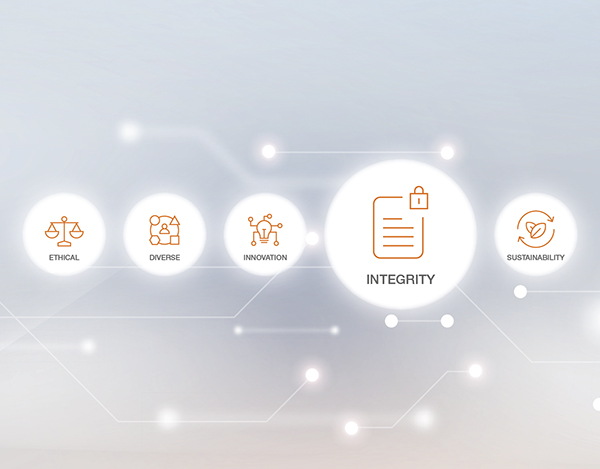
- Blog Post
Integrity as a cornerstone and standard for ethical conduct
In a time when companies face increasing pressure in a rapidly changing market, integrity is an essential pillar for sustainable success. At Kaye, a company of Amphenol, integrity is not just part of our corporate philosophy but also the standard by which all our decisions and actions are measured.

